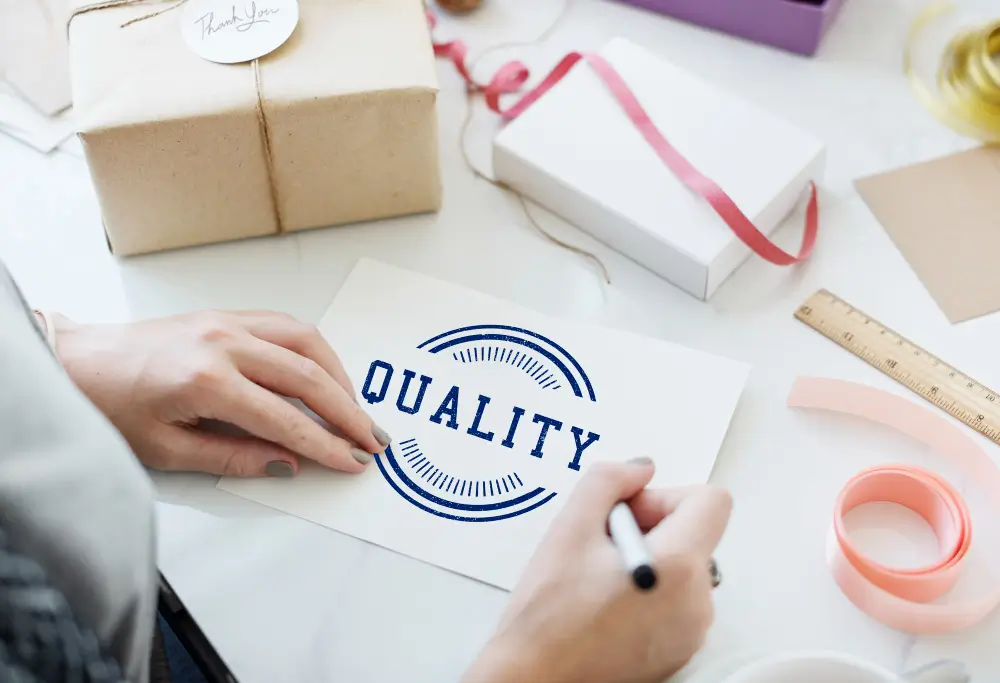The product certification process is a crucial step for firms who want to ensure that their products comply with regulatory standards. Whether it’s a new product launch or some improvement in an already existing product, with the appropriate kind of certification, it would boost customer confidence and open new markets so to speak. Mistakes, however, during the certification process incur delays and extra costs besides damaging the reputation of your brand.
In this blog, we will walk through some very essential tips that can help you avoid mistakes while the product certification is in its process, hence, everything can go right and your products will get the approval they deserve.
Know About the Certification Requirements
In the certification process of any product, the first and most important requirement is to know what will be needed first. The certifications differ with the types of products and the type of industries involved, hence, it becomes even more important to know which rules and regulations specifically apply to your type of product.
For example, electronics manufacturers may need some specific safety requirements instituted in Europe via CE marking or a UL rating in the U.S. Similarly, products in the Middle East may require SFDA registration to meet local regulatory standards. Failing to fill in correct or proper documentation because you did not comprehend the requirements could delay the certification process unnecessarily or worse, it will be rejected.
Complete All Necessary Documentation
Typically, in the process of certification, you need to provide many other documents that can support claims regarding the product. This could entail test reports, technical requirements, and production steps. Ensure that all the relevant documents are ready and available as soon as possible.
Document preparation may assist in avoiding delays and confusion during the review process for certification. Presenting incomplete or confusing documentation may be rejected or the requesting organization may ask for more details, which leads to avoidable delays.
Pre-Certification Testing
One of the best ways to avoid errors during the certification process is pre-certification testing. Through pre-certification testing, you can easily find out the problems that may face in the official process of certification.
In addition, you can ensure that your product complies with all the standards regarding safety, performance, and regulations applicable in the region. You will avoid shocks when the formal certification tests take place in case there are issues that need to be addressed with the product.
Be Detailed with Product Labeling
Product labeling is also a part of the certification process. The product should be labeled appropriately to indicate whether it complies with or not with the regulations. These aspects will include safety statements, instructions on usage, and certification marks.
Where labeling is incorrect; for instance, wrong signs or some of the details are missing, certificates may be delayed or refused. Ensure that any product labels or packaging is accurate and properly labeled before submitting your product to get certified.
Regulatory Changes Awareness
Regulatory and certification changes are always in the process of updating. The law may change; the new safety standard might be enforced, or the current rules may change. It is highly necessary to note down all the changes to avoid any mistakes while entering the certification processes.
Your product may not meet the current standards if you are not aware of the regulatory changes. Delay or failure in certifications can be the result. You should monitor periodic updates in the certification requirements applicable to your product.
Monitor Compliance for Multi-Markets
The process for certification varies from country to country, and if you sell your product in multiple markets or regions, then your product must meet the standards of each region for certification. Different countries have different rules or testing requirements; so, although certification in one country would give you a significant coup, it does not automatically mean that all such products are certified across the different countries.
Do your research to find out the specific certification requirements for your intended markets and ensure your product is in compliance with the set standards.
Speak to the Certification Authority
Open communication with the issuing authority is the best way not to make mistakes in the process. If you have any doubts over your understanding of the requirements for certification, or if something is unclear to you, always ask the body concerned for clarification.
Indeed, misunderstandings in the process may lead to an error in your submissions and therefore, therefore better to ask before it happens. By maintaining an open line of communication, potential problems are addressed quickly, and you stay on track over the course of certification.
Error-Free Product Certification Process: To Sum Up
Getting your product certified doesn’t have to be an alarming process. Once you comprehend what is required, work with professionals, prepare documentation, conduct any needed pre-certification testing, and stay on top of changes in regulations, you minimize errors and make the whole process so much smoother and more efficient.
Remember that preparation is the best approach. The time spent doing things right the first time can save you time, money, and frustration in the long run and will ultimately get you to bring to market a compliant and successful product.


